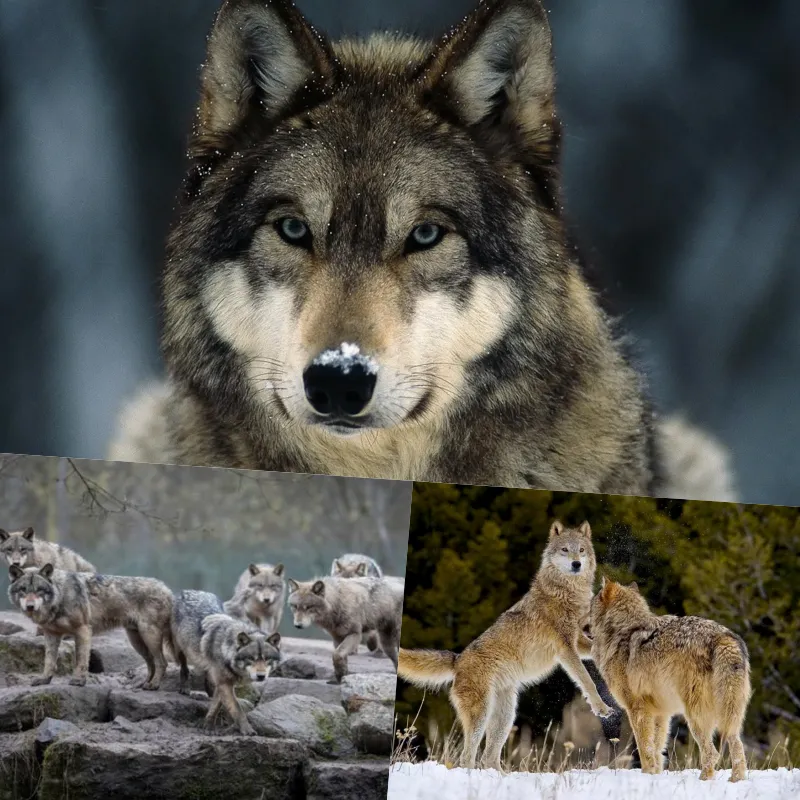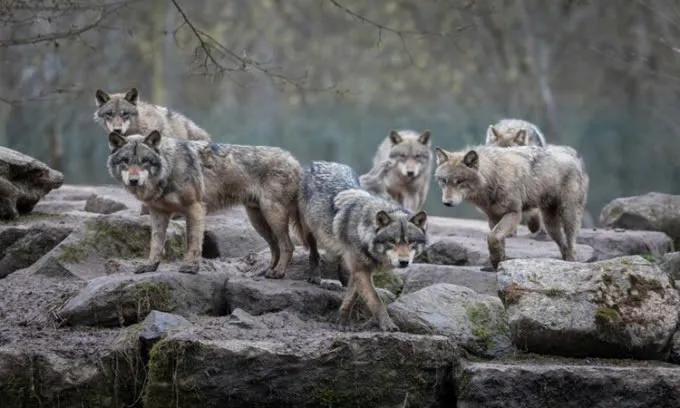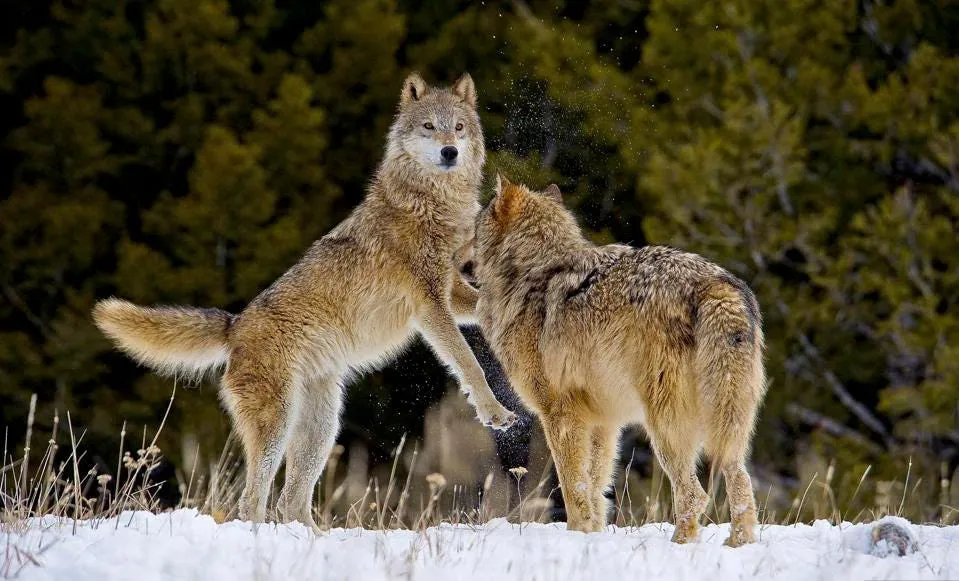
Colorado plans to release wolves to restore the wild wolf population. However, many farmers are concerned about the negative impact on livestock, while conservationists see it as an important step to restore ecological balance and preserve endangered species. These opposing views reflect the conflict between wildlife conservation and the needs of local communities. The plan is causing controversy among communities and experts.
Colorado is preparing to launch a highly controversial experiment, when it plans to release 10 gray wolves as mandated by a 2020 law. The presence of wolves has sparked much debate, especially in rural areas where farmers and ranchers see them as a serious threat to safety and property.

Conversely, many Americans perceive wolves as an important part of the natural ecosystem, emphasizing a deep connection to the wild. Still, voters in Colorado largely rejected the plan, with much of the support coming from city dwellers far from where the wolves would be released. Colorado plans to release dozens of additional wolves from Oregon in the future, with the goal of building a self-sustaining pack of 150 to 200.
While many states in the US have healthy wolf populations, Colorado has very few wolves after the animals were exterminated nationwide in the 1940s. Having nearly become extinct, wolves were the first animals protected by the Endangered Species Act in 1973, forcing the federal government to seek their recovery.
The plan to reintroduce wolves in Colorado is currently being hotly debated. Supporters argue that wolves are an essential part of the Western ecosystem, helping to maintain a natural balance, and that safety concerns are overblown. They stress that ranchers would be compensated through tax revenue. Opponents, however, argue that wolves pose a major threat to livestock and wildlife, with a single adult wolf capable of taking out dozens of elk each year. They worry about spending more money to protect cattle and sheep, which would cut into already limited income.

Colorado has applied for a federal permit and plans to release 10 wolves from Oregon this year, with plans to expand to 50. The wolves will be transported by truck or air and fitted with GPS tracking collars before being released into the wild.
The exact release location remains a secret, but they will live on private or public land in rural midwestern Colorado. Officials are choosing the release site based on nearby human populations, pro-wolf sentiment, access to prey like elk, and distance from the borders with Utah, Wyoming and New Mexico.



